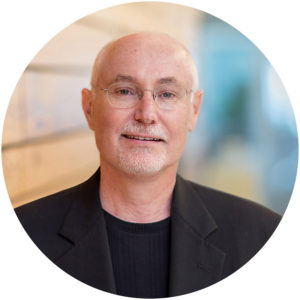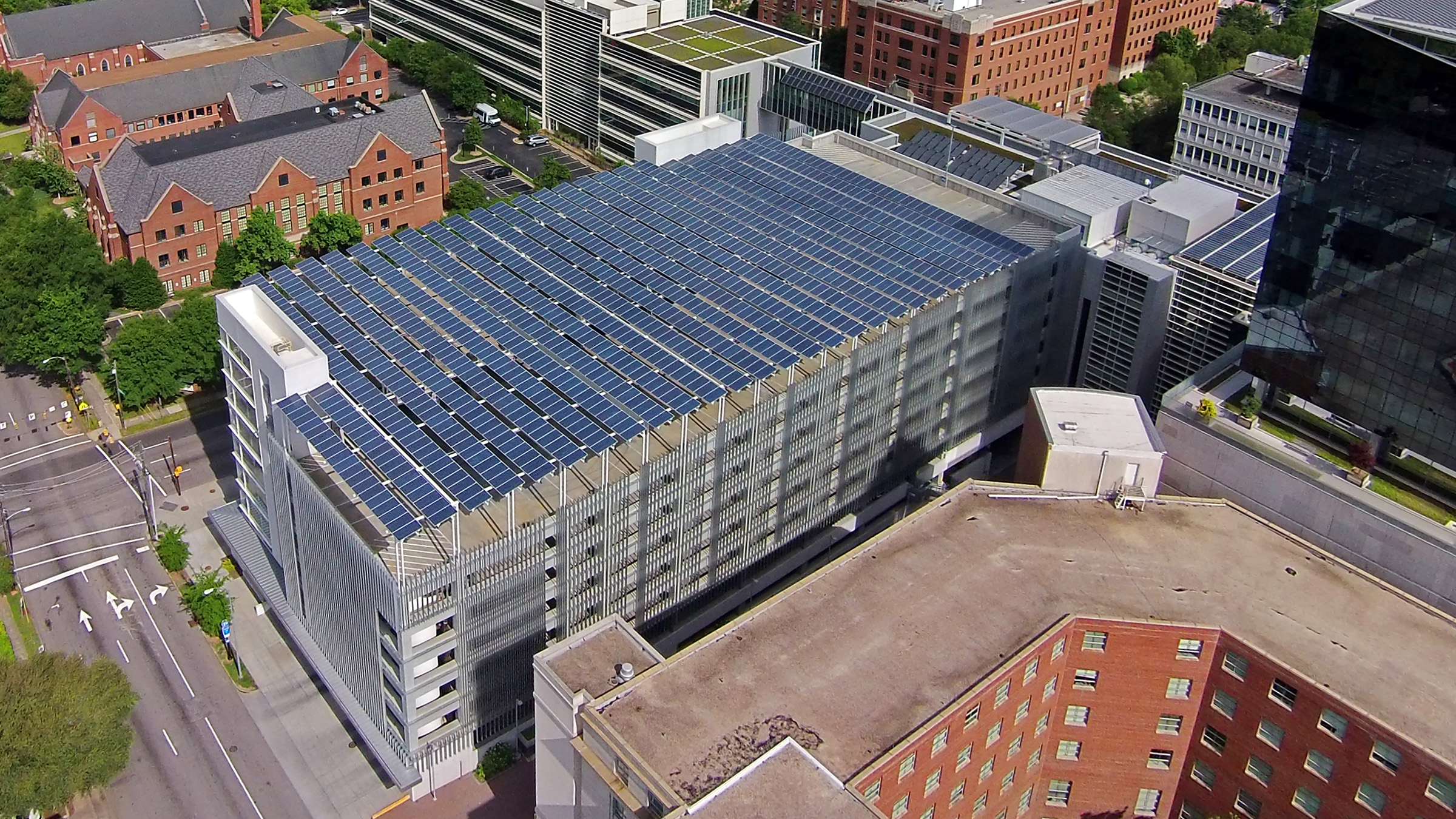A Personal Perspective on the Ethics of Sustainability
I am convinced that there is perhaps no single profession in which the practitioner’s need to embrace sustainability and resiliency is more important than in engineering. Few, if any, professions have a greater impact on public health, safety, and welfare.
w
Even in the design community, the value of sustainable practices or “going green” and the causes of climate change may be debatable – but the very real impact of sustainability and resiliency isn’t about climate change. The fact that Earth’s natural and material resources are limited is indisputable. I grew up an Army “brat” with four siblings. My mother taught me never to take the last of anything. The Golden Rule calls us to treat others as we would like to be treated. We all share this remarkable planet, and she belongs to each of us and none of us simultaneously. We have an ethical charge to protect and preserve the environment that very literally sustains human life.
As engineers, we have a responsibility to find innovative ways to reduce environmental impact and preserve our limited, invaluable natural resources. This responsibility is a driving factor in our firm’s commitment to the 2030 Challenge.
Of the roughly seven billion people in the world, two billion have never flipped a light switch. By 2040, the human population is expected to number nine billion. A looming challenge for engineers lies in how we will sustainably provide for the health, safety, and welfare of a nine-billion-served humankind. This challenge has widespread implications – global food supply, energy and alternative energy, affordable housing, and environmental preservation among them.
Providing energy to the future nine billion is but one of the major engineering challenges we face. Today, the majority of the world’s energy comes from fossil fuels. Even the most generous estimates of the world’s oil supplies put the number at somewhere near 100 years, at current rates of extraction. One hundred years is four human generations. This is an incredibly short window in time, calling us to establish protective public policy and create solutions immediately – any delay puts future generations at risk. Engineering challenges in addition to energy extend to practically every facet of our infrastructure, including potable water, wastewater, and transportation.
At least part of the solution to these challenges is sustainable design and development.
The best known definition of sustainability is the one stated in Our Common Future, more commonly known as the Brundtland Report: “meeting the needs of the present without compromising the ability of future generations to meet their needs.” This definition implies that it is the responsibility of all design professionals to consider not only the quality of life of today’s population but also the preservation of resources and the environment so future populations can also experience a good quality of life. Furthermore, sustainable design must consider not only environmental impacts, but also social and economic impacts.
Change is inevitable; but progress is not. For us to progress, engineers must adapt and adopt principles that will guide us in new directions, toward the building of a sustainable and resilient future for all.

Chris Stone, PE, F.NSPE. F.ASCE, LEED AP, has a leadership style distinguished by his belief that our industry can make a transformative difference in the world. He brings hands-on experience to his current role as a senior principal at Clark Nexsen focused on resilient design and infrastructure and its impact on cities, having previously served as the firm’s President and CEO. He began his career as a structural engineer and project manager for a wide variety of project types ranging from academic, to military, to commercial and cultural. Chris is passionate about the role of all types of engineers in addressing climate change and sustainability.
X
Photo above of Green Square Parking Deck in Raleigh, North Carolina that features a photovoltaic array on the roof supplying collected solar energy directly into the power grid and a cistern for rainwater reclamation.

